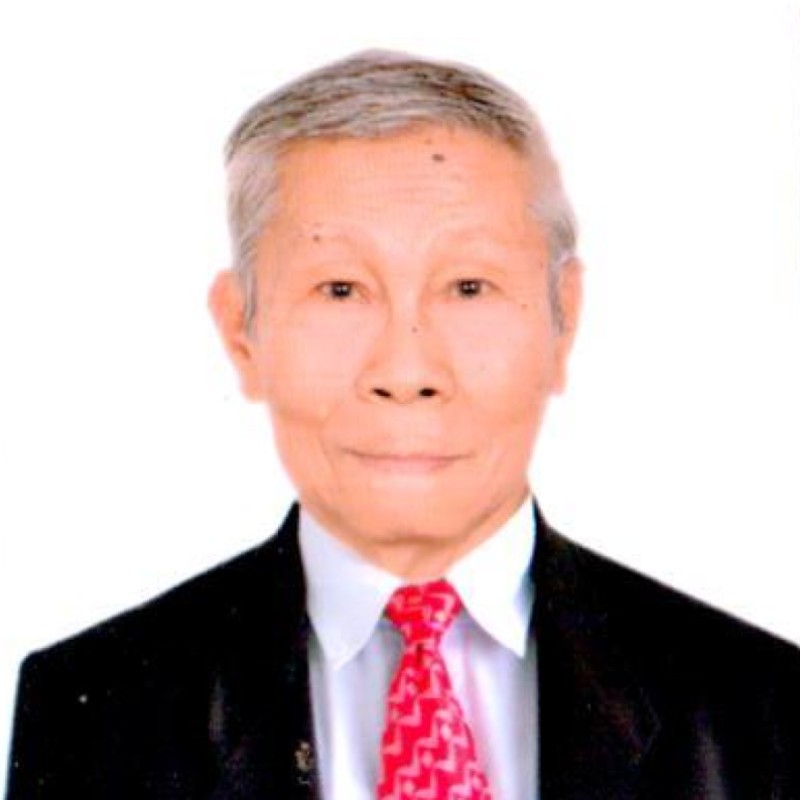GLIMPSES & GAZES
By Severino C. Samonte
Expectations in remaining 5 years, 9 months of PBBM's admin
Share
Is there a bright hope for the Philippines to become self-sufficient in food and even become an agricultural resource hub in the Asian region and the whole world as envisioned by President Ferdinand R. Marcos Jr. during his six-year administration?
Barring unnecessary political noise and other disruptions in the coming months until June 30, 2028, there are very good indications that the President can achieve his dream not only to sufficiently feed the Filipino people but also "prepare the country to be marked as among the world's agriculture hubs."
What are the indicators that PBBM's dreams are capable of being realized?
For one thing, recognizing the food security problem in the country, Marcos, at the beginning of his term took the helm of the Department of Agriculture (DA) not only to highlight the importance which his administration puts on the agricultural sector but also to accelerate the development of that value chain, achieve food security in the country, and reduce food importation to benefit local farmers.
For another, in the proposed 2023 General Appropriations Act, the DA has been allocated a budget of PHP163.75 billion, or about 40 percent higher than the PHP117.29-billion for 2022.
What is more, the President will just have to pursue with more vigor the ongoing "Balik-Probinsiya" (Back to the Province) program started in 2020 under Executive Order No. 114 by then President Rodrigo R. Duterte. The program encourages people from the provinces now residing in Metro Manila to return to their respective provinces and go back to farming, boosting the harvest of palay and other crops nationwide.
The executive order provides for the institutionalization of the program to provide “equal opportunities and adequate social services” for the beneficiaries in their home provinces. President Marcos vowed to continue the program under the "Build, Build, Build" and "Build Better More"(BBM) concept in his maiden State of the Nation Address (SONA) last July 25.
* * *
By the way, the 31 million plus Filipinos who voted for PBBM in the May 9, 2022 polls may be interested to know that his father, the late President Ferdinand E. Marcos Sr., anticipated the acute traffic problem now besetting the Metro Manila area and he began taking steps to avoid it during the 1972-1981 martial law years.
Yes, as early as that time, the elder Marcos, who was president from Dec. 30, 1965 to Feb. 25, 1986, took initial steps to solve or prevent it.
In his book titled "The Democratic Revolution in the Philippines" (Third Edition) published in 1977, he noted the need to reverse the trend of internal migration from rural areas to urban industrial centers, which was very prevalent then in Metro Manila, still called the Greater Manila Area.
People old enough to remember before the advent of martial law in September 1972 would recall that the old East and North Triangles in central Quezon City bounded by East Avenue, North Avenue and EDSA and intersected by Quezon Blvd. used to be a haven for squatters from the provinces.
These informal settlers were relocated later at national government expenses to such areas as Sapang Palay in San Jose del Monte, Bulacan; Bagong Silang and Pangarap in Caloocan City; Montalban in Rizal; and Dasmarinas, Cavite, among other places.
The cleared areas are now the sites of several commercial establishments and government buildings, including the Philippine Statistics Authority (PSA).
In the 1977 book published by the Marcos Foundation Inc., Marcos, who was also a former congressman, senator and Senate president, said:
"We are preventing further migration to the urban centers, if not actually reversing the trend and decongesting them instead, by making the provinces as attractive to investors, industrialists, and workers as the cities, if not more so."
Toward this end, he said he directed the dispersal of new large-scale industries such as oil, steel, construction, cement, textiles and food to the provinces or areas at least 50 or 60 kilometers from Manila.
"I have created the Zoning and Human Settlement Commission to mark out areas for new towns and plan not only the infrastructure for comfortable living such as housing, schools, markets, roads, parks and amusement areas, but also employment and sources of income," Marcos added.
He said to encourage the establishment of more factories and industries in the provinces, he set aside "more than a thousand hectares for a duty-and-tax-free export Processing Zone in Mariveles, Bataan, where factories and a new city are springing up vigorously."
He added: "As I said on July 3, 1973, when I announced the adoption of the Four-Year Development Plan for Fiscal Years 1974-77, this is the Development Plan of the New Society--that we are committed to forge for the nation. Its objectives are six: To attain a more equitable distribution of income and wealth; to expand employment opportunities; to promote social development; to stabilize prices at reasonable levels; to accelerate economic growth; and to promote regional development and industrialization."
Editor’s note: The opinions expressed in the foregoing article are solely the author’s and do not reflect the opinions and beliefs of the Philippine News Agency (PNA) or any other office under the Office of the Press Secretary.
Comments
About the Columnist

He began his journalistic career by contributing to the Liwayway and Bulaklak magazines in the 1960’s. He was the night editor of the Philippine News Service when Martial Law was declared in September 1972. When the Philippine News Agency was organized in March 1973, he was named national news editor because of his news wire service experience.
He retired as executive news editor in 2003. He also served as executive editor of the Malacanang-based Presidential News Desk from 1993 to 1996 and from 2005 to 2008.
